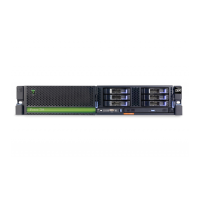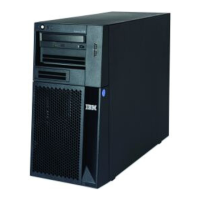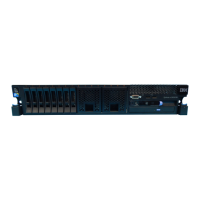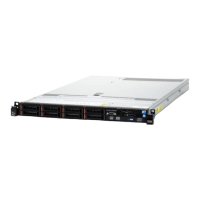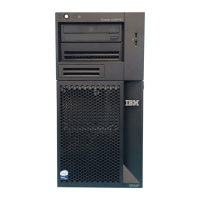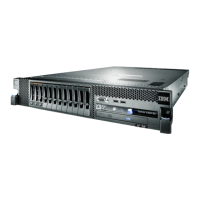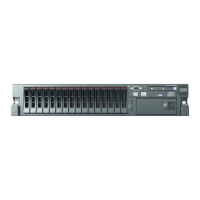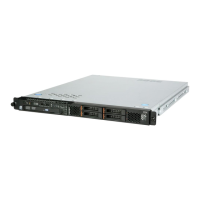Internal Magnetic Media
336 iSeries Handbook
Device parity protection is a high-availability function. It allows the iSeries server to continue
to operate when a single disk failure has occurred. The system runs in an exposed mode until
the repair operation is complete and the data is rebuilt. If a failure occurs, correct the problem
quickly. Otherwise, in the unlikely event that another disk fails, you can lose data.
The base disk unit controller in the 9406 Model 250, Model 270, and Model 820 does not
support device parity protection.
The disk array subsystems supplied by IBM enhance the selection of recovery options
available on the iSeries server. This method of protection is based on the Redundant Array of
Independent Disks (RAID) specifications that were published by the University of California in
1987. The high-availability models with device parity protection use a technique similar to
RAID-5 data-redundancy technology to protect data. Throughout this documentation, RAID
and RAID-5 are often referenced, and are for the most part, synonymous with Device Parity
Protection.
RAID-5
A minimum of four disk units of the same capacity are required for a valid RAID-5
configuration. Parity information can be spread across four or eight of the disk units in an
array and is automatically maintained as part of the RAID-5 protection feature. Internal disk
units of different technology (that is, different feature numbers), but of the same capacity, can
be either mirrored or RAID-5 protected.
Having parity spread across eight disk units gives better performance in the event of a disk
unit failure since the data required to dynamically rebuild the data on the failed disk is
accessed from an eighth of the disk units as opposed to a quarter. If one disk unit fails, it
cannot be used to read or write data. The disk unit controller then reads the parity and data
from the same data areas as the other disk units to dynamically rebuild the original data from
the failed disk unit to satisfy ongoing read requests. When data needs to be written, the
controller generates the parity information for the failed disk unit as if it were still operating.
As far as the iSeries server is concerned, the disk units continue to respond to I/O even
though a single disk unit has failed.
RAID-5 protection is supported for all internal disks provided that it is supported by the disk
controller. A RAID controller is required when concurrent maintenance support is used.
Mirroring
Mirrored protection is a function that increases the availability of iSeries servers in the event
of a failure of a disk-related hardware component. It can be used on all models of the iSeries
servers. Software support is a part of the Licensed Internal Code. Different levels of mirrored
protection are possible, depending on the hardware that is duplicated. Mirroring involves
duplicating disk-related hardware, such as a disk unit, disk controller, disk input/output
processor (IOP), and bus, or, on Models 820, 830 and 840, and a tower. In these three 8xx
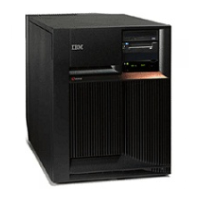
